About 30,000 individuals are currently affected by Amyotrophic Lateral Sclerosis (ALS) in the United States. The month of May marks ALS Awareness Month, which aims to inform the public about the disease that is more prevalent than many assume.
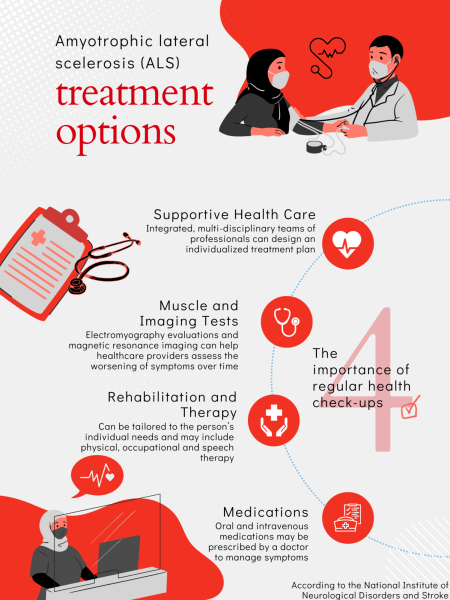
ALS is a fatal neurological disorder that degenerates motor neurons in the brain and spine. Over time, the brain stops sending nerve signals to the muscles, leading to difficulties with walking, speaking and chewing, eventually making it hard to breathe.
There is not a single known cause or cure for ALS, though it can be passed genetically, and some medications are available to help slow the progression of the condition. According to the National Institute of Neurological Disorders and Stroke, the disease can affect people of any age, sex or race, but men between the ages of 55 and 75 may be more likely to develop symptoms.
“It can start from as simple as not being able to write and progress to not being able to do your daily activities like showering or using the restroom,” school nurse Karen Reyna Estrada said. “It can be very mild and become very severe until you’re not able to breathe properly.”
After diagnosis, individuals with ALS have a life expectancy of four to five years, according to Estrada. Yet, despite the drastic circumstances for many ALS patients and their families, most are still uninformed about the condition.
“Lack of awareness is the first thing that comes to mind when it comes to why many people don’t know much about ALS,” junior Zach Schwartz said.
With little known about the specifics of the disease, ALS patients require collective support and assistance from their families, communities and medical providers. Organizations like the Northeast ALS Consortium provide online resources and conduct clinical trials, while foundations such as the Les Turner ALS Foundation give a platform for donations and fundraisers. Both can lead to advancements in research and medicine that can benefit ALS patients and increase their advocacy during ALS Awareness Month.
“It’s not possible for any one person to be aware of the vast variety of issues that society is engaged with, so this requires that certain groups or individuals work to make this known so that it can be brought to attention,” psychology teacher Ryan Childress said.
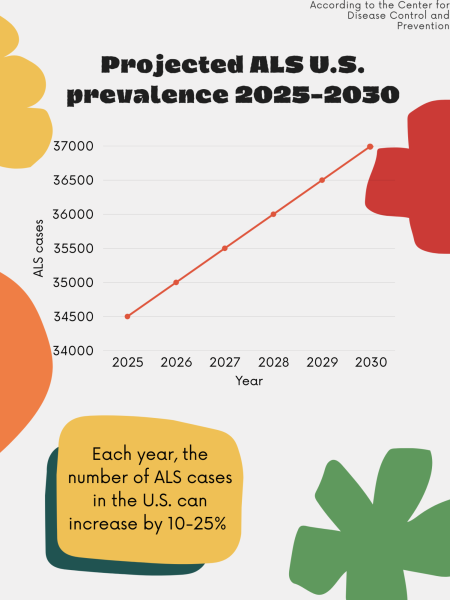
Being accurately informed on the progression of ALS allows local communities to provide better support to patients and their families. While many may assume that the disease results in significant cognitive impairment alongside the muscle atrophy, as it is a neurological condition, only approximately 20% of ALS patients experience symptoms of frontotemporal dementia, or a brain disease that occurs in the frontal and temporal lobes of the brain, that lead to changes in personality and movement, according to the University of California San Francisco.
“Yes, you are losing the ability to move, the ability to eat, but your vision or your thinking is not being affected,” Estrada said. “People need to know that people with ALS are still thinking the same way they were thinking before and they are still seeing the things that are happening currently.”
Many institutions that raise awareness for ALS can receive millions of dollars in federal funding, but support for ALS can come in smaller, more local forms, too. Clinicians and community volunteers host support groups and participate in research that benefits the broader scope of ALS treatment in America, directly providing aid to those who suffer from ALS and continuing to publicize the condition.
“If attention is brought to a situation, then it can be hopefully rectified or at least mitigated, especially for those that are directly affected,” Childress said.
For anyone interested in giving money to the cause, the ALS Association and other groups mentioned provide online resources that describe how one can donate and attend fundraising events.
“I think it’s important to raise awareness about any disease,” Schwartz said. “You need to know how to talk to someone about it and the treatments.”




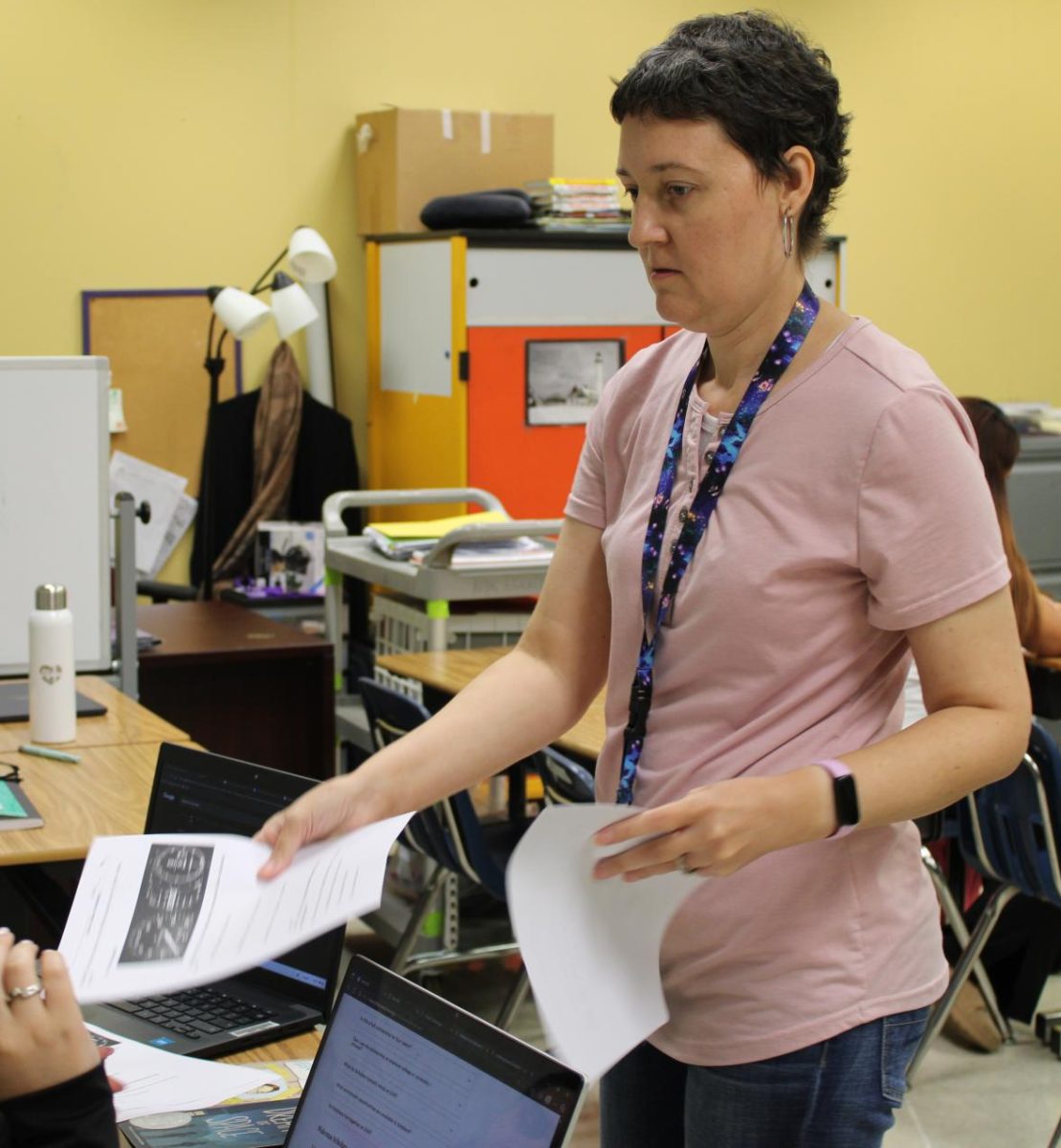
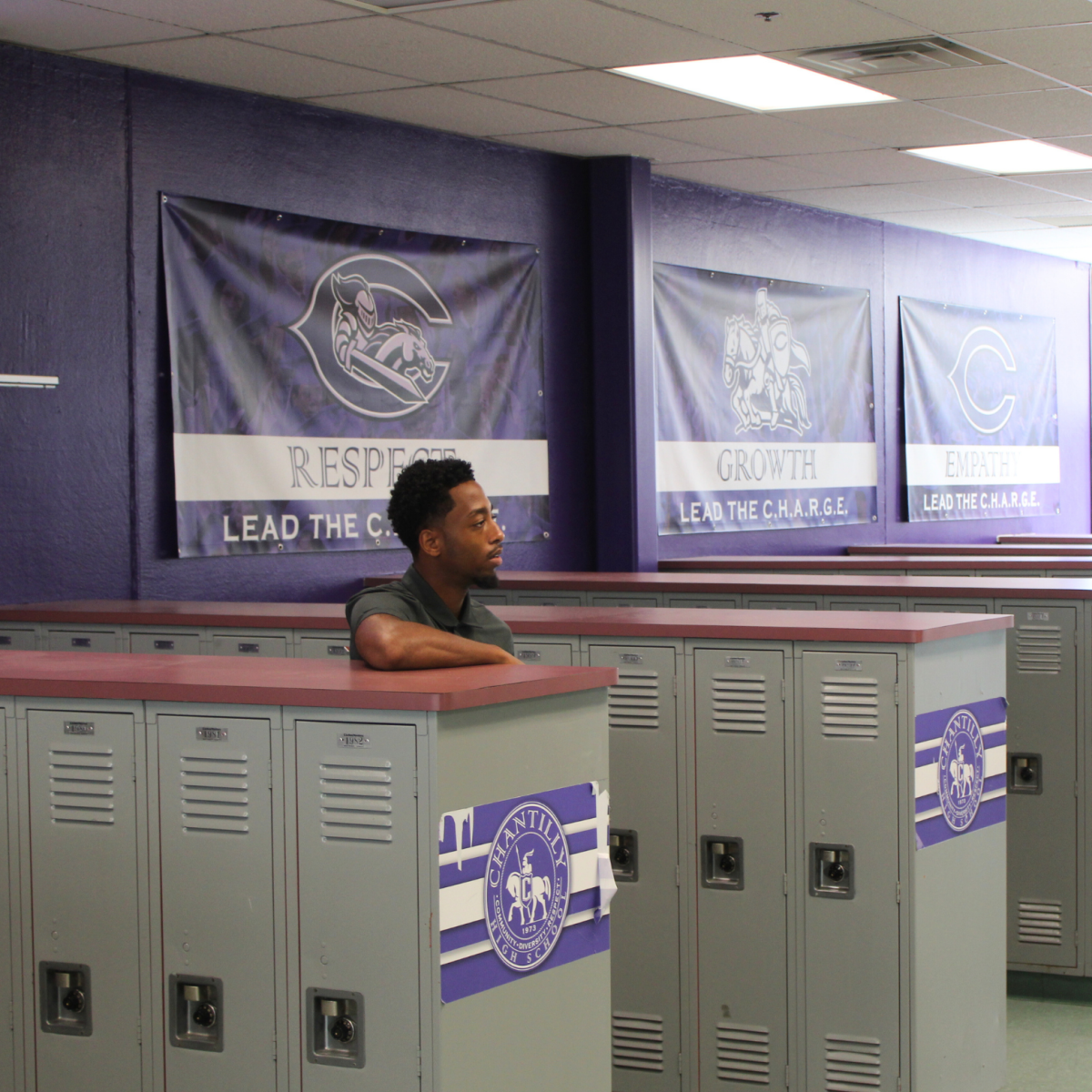
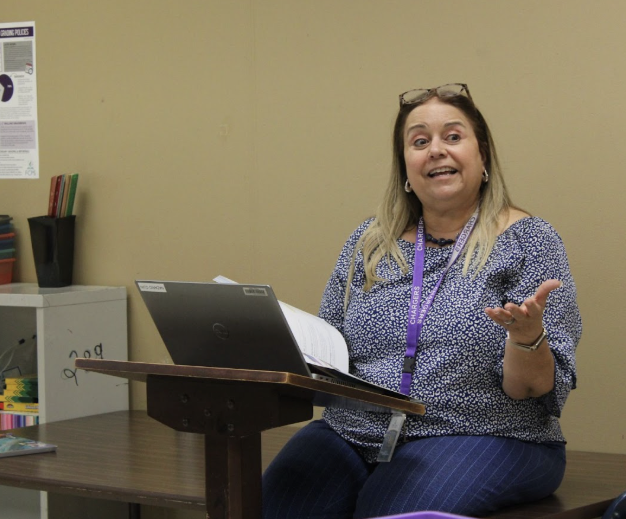
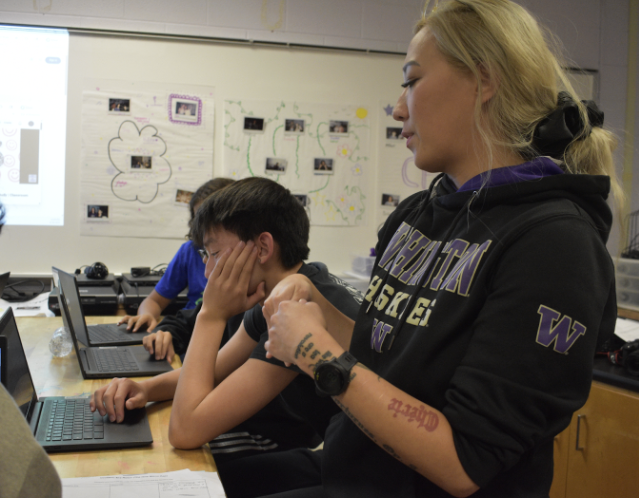

Elizabeth Chucks • Oct 15, 2025 at 12:30 pm
After about 2 years of symptoms, I was finally diagnosed with flail arm ALS in April of this year. My symptoms are that my arms and hands are just about nonfunctional. And in addition to that, my shoulders hurt from carrying the dead weight of my arms. I’ve been on Riluzole since, but there was no improvement, so in July I had the ALS/MND formula, and it changed everything. I feel like a new woman. Within 2 months,I can write and swallow again! We feel very fortunate to have learned about the ALS/MND herbs formula. I got the ALS/MND herba formula from limitless healthcenter. co m.